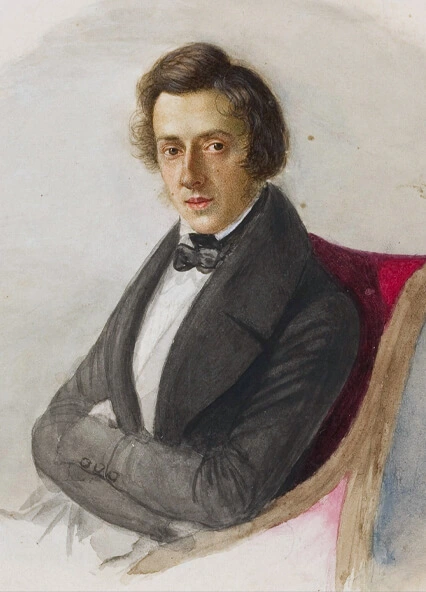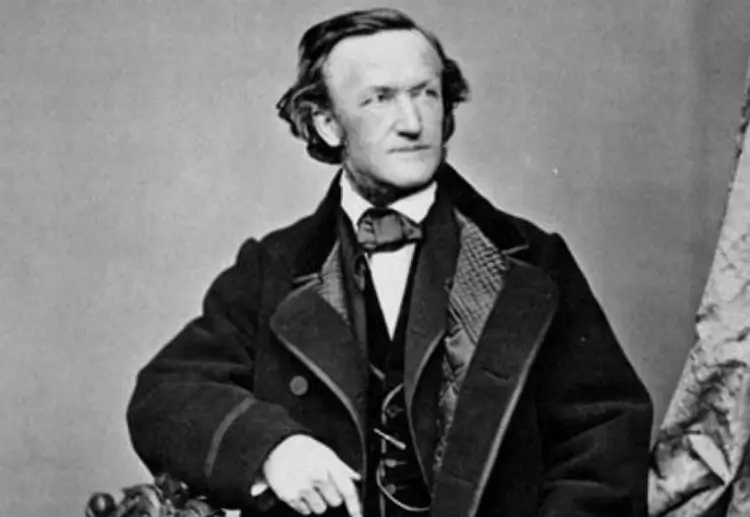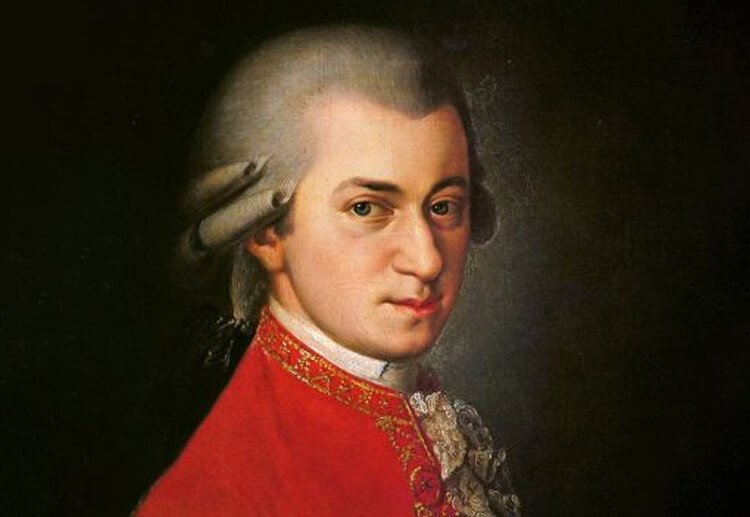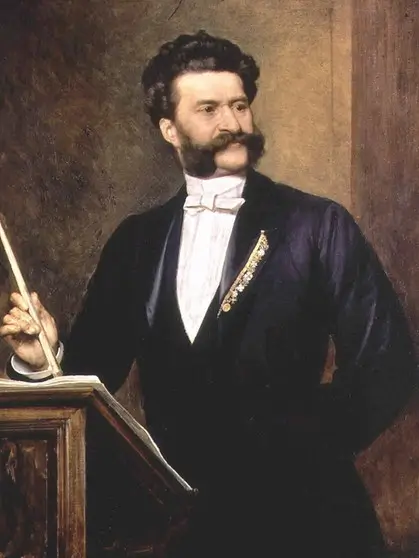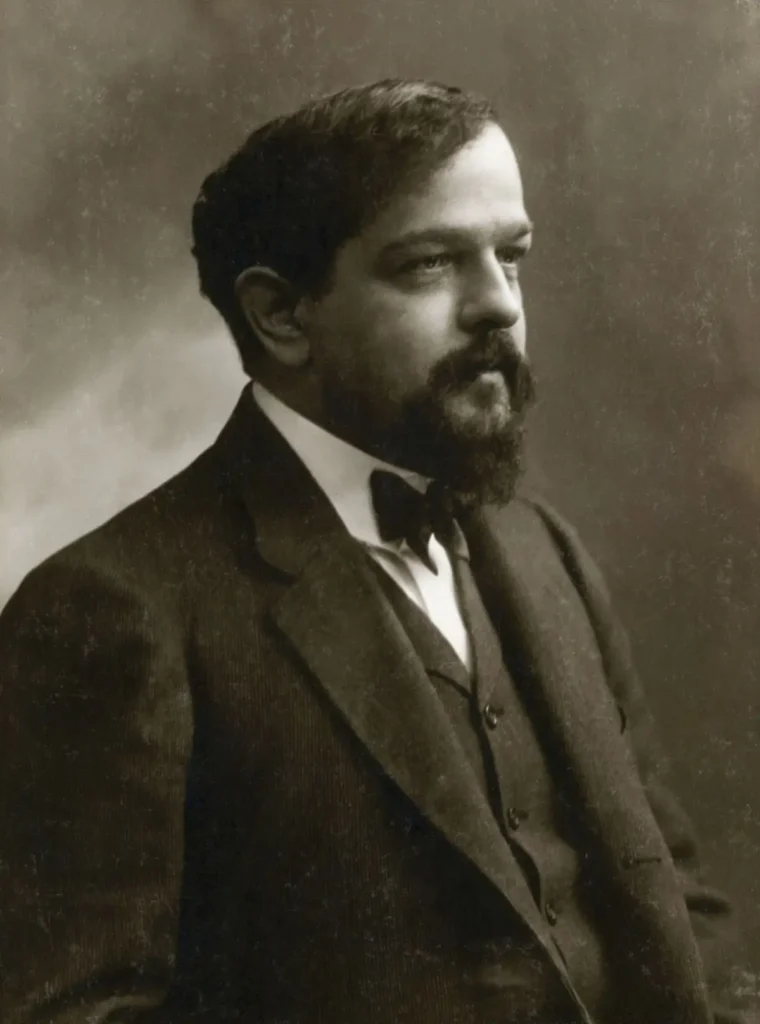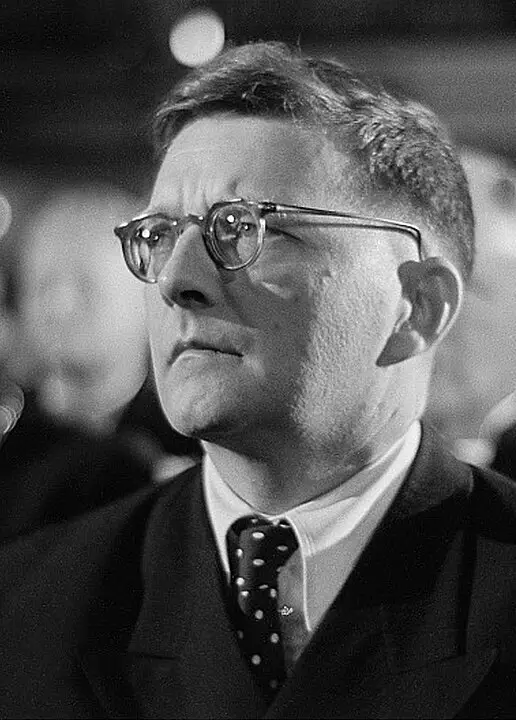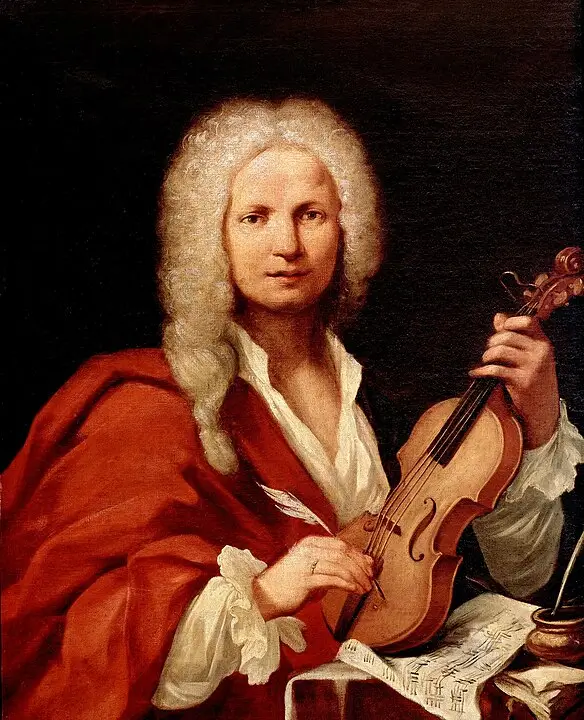Introduction
Sir Edward William Elgar, born on June 2, 1857, in the small village of Lower Broadheath, outside Worcester, England, remains one of the most celebrated British composers. His works have captivated audiences with their deep emotional range and complex interweaving of traditional and progressive musical elements. Elgar’s compositions, including the Enigma Variations, the Pomp and Circumstance Marches, and his cello and violin concertos, have secured a permanent place in the concert repertoire. This article delves into Elgar’s life, exploring his early years, musical training, major works, connections with other composers, personal philosophy, and his lasting legacy.
Early Life
Edward Elgar was the fourth of seven children born to William Elgar, a music shop owner and a piano tuner, and his wife Ann Greening. Elgar’s family environment was steeped in music, providing him with early exposure to a range of instruments and the practical aspects of music-making. Despite their modest means, the Elgar family was supportive of Edward’s burgeoning musical interests.
Elgar received his early education at a local Roman Catholic school in Worcester, where he showed an aptitude for music. However, his formal schooling was limited, and by the age of 15, he had left school to work in his father’s shop. This period was crucial for Elgar, as it allowed him to become acquainted with a wide variety of music and instruments.
Musical Training and Development
Unlike many of his contemporaries, Elgar was largely self-taught as a composer. His formal training was sporadic, consisting of piano and violin lessons from local teachers in Worcester. Elgar’s broader musical education came from his own initiative, studying the works of classical composers such as Mozart and Beethoven, and later, the more contemporary Wagner, whose influences are evident in Elgar’s mature style.
Elgar’s early works were composed for the performances in local musical ensembles and the Worcester Glee club. His job at his father’s shop also exposed him to a wide network of musical contacts and furthered his education through scores and books he found there.
Major Works and Compositions
Elgar’s reputation as a composer was established with the “Enigma Variations” (1899), a set of 14 variations on an original theme, each dedicated to his friends. The work displayed Elgar’s skill in orchestration and variation technique, and it was a critical success. Following this, Elgar composed “The Dream of Gerontius” (1900), a choral work based on a poem by Cardinal Newman, which, despite a problematic premiere, later became regarded as one of his finest works.
The early 20th century saw Elgar composing two symphonies and a violin concerto, which were well received and further solidified his status. His “Pomp and Circumstance Marches,” particularly the first march with its famous “Land of Hope and Glory,” became immensely popular and are still performed at graduation ceremonies in the United States and the Last Night of the Proms in the UK.
Connections to Other Composers
Elgar had significant interactions with several key composers and conductors of his time. He was particularly influenced by the works of Richard Wagner, and his own compositions reflect Wagner’s concepts of leitmotif and through-composition. Elgar also had a friendship with the Hungarian composer Franz Liszt, who had a minor but noticeable influence on Elgar’s approach to thematic transformation.
Elgar’s contemporaries included Ralph Vaughan Williams and Gustav Holst, who shared his concerns about creating a distinctly British school of music. While Elgar’s style was more conservative compared to the innovations of Igor Stravinsky and Arnold Schoenberg, his music nonetheless paved the way for later British composers.
Character and Philosophy
Elgar was known for his complex character; he was a private man, often seen as aloof and enigmatic, yet capable of great warmth and charm. His music often reflects his deep introspection and his grappling with questions of faith, love, and the nature of art. Elgar believed in the emotional power of music to express the inexpressible, often quoting Shakespeare’s line, “The rest is silence.”
Elgar’s philosophy of music was rooted in his belief in its spiritual and transformative power. He saw his art as a means to uplift and inspire, a view that is evident in the nobility and grandeur of his orchestral works.
Life in Worcester and London
Elgar spent much of his life in Worcester and later in London. Worcester, with its idyllic landscapes and vibrant musical scene, provided him with inspiration and opportunities for performance. Elgar was deeply attached to the Malvern Hills, often walking there to clear his mind and conceive musical ideas.
In London, Elgar moved in high social and musical circles, conducting at the Royal Opera House and involving himself with major musical figures and institutions. His time in London was marked by great professional success but also personal challenges, particularly the illness and eventual death of his wife, Alice.
Death and Legacy
Edward Elgar died on February 23, 1934, in Worcester after a prolonged battle with cancer. His death marked the end of an era in British music. Elgar’s legacy is profound, influencing generations of composers both in the UK and worldwide. His works continue to be performed regularly, testifying to their enduring appeal and significance.
Elgar’s music, characterized by its emotional depth and intricate craftsmanship, remains a cornerstone of the orchestral repertoire. His ability to blend lyrical melodies with complex orchestral textures has made his music both accessible and intellectually rewarding. Elgar’s life and works continue to be studied for their contribution to musical expression and the development of the symphony and concerto.
In conclusion, Edward Elgar’s contributions to the world of music are monumental. From humble beginnings, he rose to the pinnacle of British music, leaving behind works that continue to resonate with audiences around the world. His legacy is not just in his music, but also in his vision of the art’s power to transcend the mundane and speak to the universal human condition.


